The Pennsylvania State Historic Preservation Office is seeking an archaeology research intern to help with the development of a proactive, statewide survey program: the Pennsylvania Archaeological Site Survey (PASS). Continue reading
Category: Archaeology (Page 10 of 16)
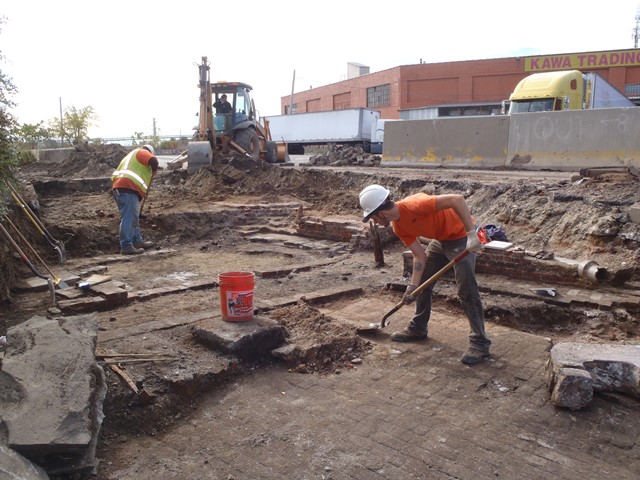
Archaeology for the People and by the… PennDOT?
Yep, you’re reading that right: the Pennsylvania Department of Transportation (PennDOT) does archaeology! Continue reading
This week I’m counting down to the 10 most popular blog post written in 2018! Its been awhile since we’ve done this kind of “year in review” for you loyal readers, so I thought it might be fun and give you the opportunity to read a post you may have missed. Continue reading
PA SHPO Special Announcement: We’re Hiring an Archaeologist!

THE POSITION
Are you an experienced professional North American archaeologist interested in using your knowledge and previous experience to serve the public sector? Are you interested in making a difference in the protection and management of Pennsylvania’s Archaeological Resources? Do you want to be on the forefront of pro-active historic preservation? The Pennsylvania State Historic Preservation Office (PA SHPO), is seeking a project review archaeologist to be a subject matter expert who assists state and federal agencies in balancing the needs and demands of their agency missions with the protection of our archaeological heritage. We are looking for an individual with relevant experience and excellent communication skills.
DESCRIPTION OF WORK
This professional position within the Pennsylvania State Historic Preservation Office (PA SHPO), a bureau of the Pennsylvania Historical and Museum Commission (PHMC), is responsible for the identification, evaluation, and preservation of historic and prehistoric archaeological resources in the development of state and/or federal projects as well as state/federal assisted projects. The position requires a combination of education and experience to meet the criteria under the Secretary of the Interior’s Standards for either Historic Archaeologist or Prehistoric Archaeologist to assist with advancing PA SHPO priorities.
As an Historic Preservation Specialist, your responsibilities will include reviewing federal and state projects and federal or state assisted projects for their effects on archaeological resources; evaluating site significance using National Register criteria; conducting surveys of archaeological resources; working with our office’s data management team and coordinating with other internal and outside parties to bring projects to successful and positive outcomes. The project review archaeologist will be expected to provide technical assistance to a variety of groups across the Commonwealth, including state and federal agencies, municipalities, public officials and the interested and concerned public.
Read the complete position description for more information.
REQUIRED EXPERIENCE, TRAINING & ELIGIBILITY
Two or more years of experience working on an architectural survey, an architectural restoration and preservation project or program, and a bachelor’s degree in architectural history, American history, art history, or course work in Pennsylvania history; or
Any equivalent combination of experience and training.
Preferred experience: meet the Secretary of the Interior’s Professional Qualification Standards, published in the Code of Federal Regulations, 36 CFR Part 61.
Apply by 12/21/18, 11:59 PM EST
For more information and to apply, visit www.governmentjobs.com/careers/pabureau/jobs/2281299/historic-preservation-specialist-project-review-archaeologist?keywords=historic&pagetype=jobOpportunitiesJobs
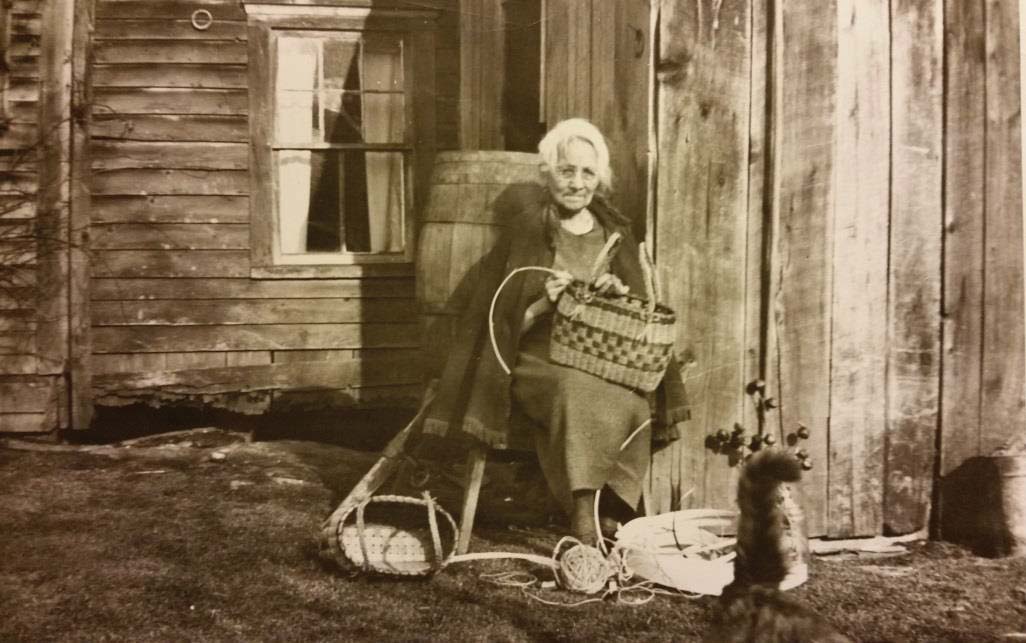
The Cornplanter Grant: The Last Native American Settlement in Pennsylvania
Deep in the forests of northwestern Pennsylvania lies a little-known, but incredibly important part of our Country’s early history and our Native American past. Although now mostly covered by the waters of the Allegheny Reservoir (a body of water created when the Army Corps of Engineers dammed the Allegheny River with the Kinzua Dam in 1965), this land, the Cornplanter Grant, has a very important story to tell. Continue reading
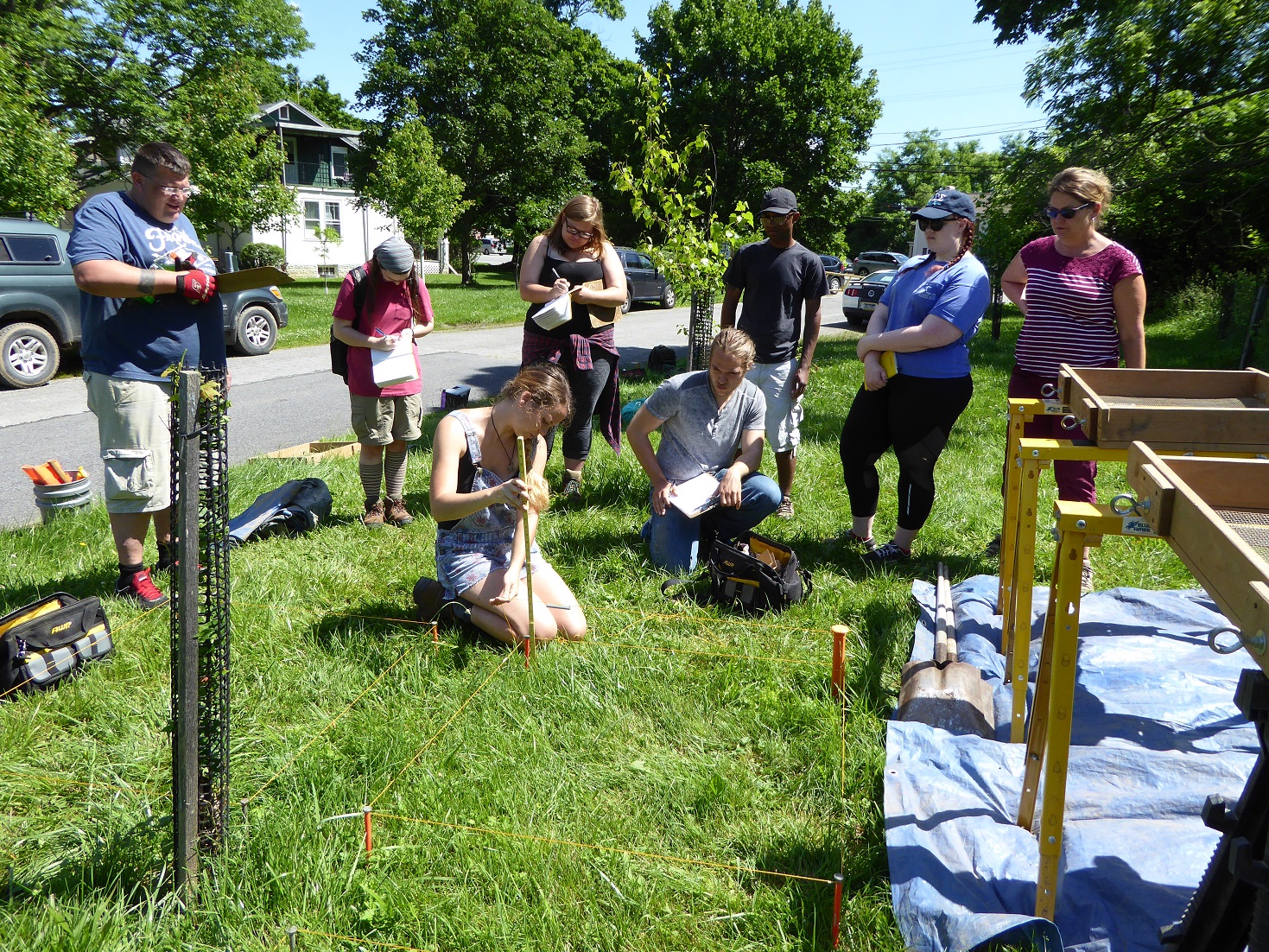
Archaeology Matters: A Pennsylvania Perspective
October is Archaeology Month, and what better way to kick it off than with five good reasons why archaeology matters.
Like most artistic, cultural, and educational institutions, we are challenged to demonstrate the public value of what we do. Very often this takes the form of an economic impact statement, but we should not lose sight of the numerous other ways in which history, archaeology, and preservation enhance our lives and communities.
Archaeology, in particular, is difficult to measure in terms of financial impact. In fact, the very concept seems to contradict one of our basic tenets, which discourages the monetization of archaeology and affirms that the true value of archaeology lies in its ability to teach us about the past.
Archaeology Matters – Small Book, Big Message
Trying to think about the bigger picture (an Archaeology 101 elevator pitch), I was inevitably reminded of a book I read in grad school. In Archaeology Matters: Action Archaeology in the Modern World, Jeremy Sabloff makes the compelling argument that archaeological research and methods can address modern, real-world issues such as environmental degradation, sustainability, warfare, and urbanization. While this sounds like your standard “learn from the past” argument, Sabloff suggests that archaeologists can (and should) use their research to actively engage with modern problems, create practical solutions, and inform policy decisions. Classic examples in this vein include the Tucson Garbage Project and recent archaeological studies of homelessness.
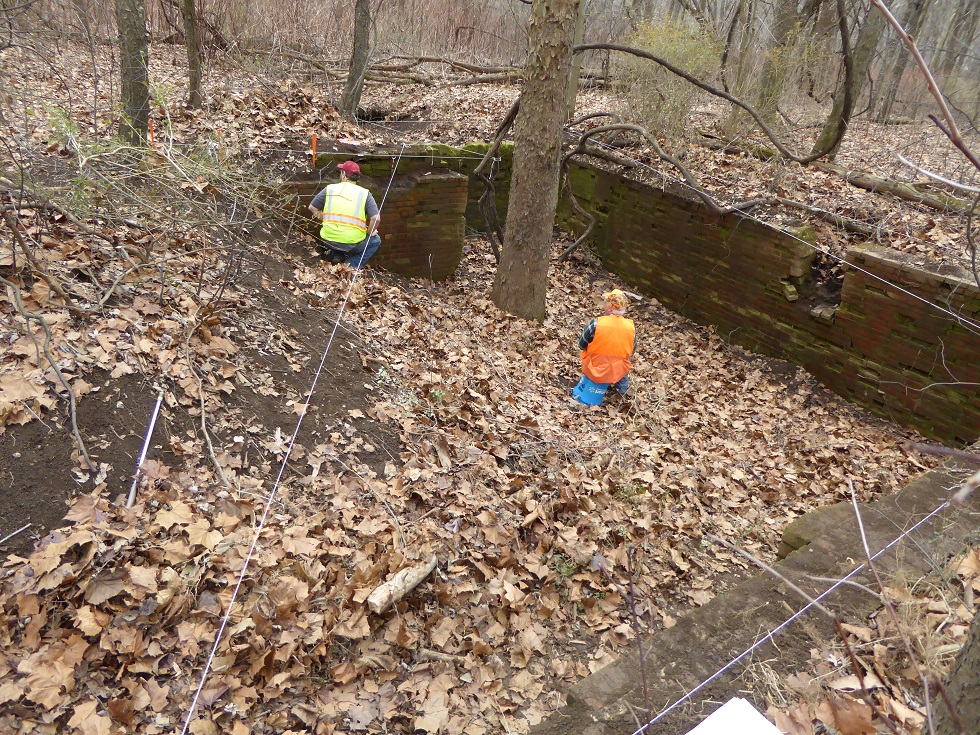
Archaeology can even look at the recent past, including 20th century industrial sites such as this glass factory in western PA.
Our own public benefit lab
Of course, not all archaeology has to address contemporary political topics or issues of world-wide significance to be of value. For Pennsylvania Archaeology Month, I’d like to explore a few of the reasons why Pennsylvania archaeology matters and to highlight some of the ways Pennsylvania’s archaeological community is making an impact:
Pennsylvania has a cool history – Pennsylvania has a fascinating and deep (pun intended) history that covers 16,000 years of human activity! This ranges from the earliest-known Pennsylvania occupation at Meadowcroft Rockshelter, to the development of pottery and plant cultivation in the Woodland period, to 20th century industries. So much of what we can learn about Pennsylvania comes from the archaeological record, but once it is destroyed, that learning is lost forever.
Archaeology provides a multi-disciplinary education – Archaeological methods draw on skills from a wide variety of disciplines in order to document, identify, analyze, and interpret the past. As such, archaeology students can develop skills in math, chemistry, physics, geography, archival research, drawing, and GIS, just to name a few. For a major that is traditionally placed in the humanities and social sciences—it can get pretty “sciency!” These skills (and the critical thinking that goes along with them) translate nicely into most other fields and are a valuable part of a well-rounded education.

Archaeology students at West Chester University of PA learn how to record elevation measurements before opening an excavation unit.
Helping veterans transition to civilian life – The past ten years have seen the emergence of veteran archaeology programs, which help to rehabilitate military veterans through participation in archaeological research. This type of partnership is mutually beneficial to the archaeologists and veterans alike, as the skillsets and team approach from both worlds are complementary. Ongoing research at Fort Ligonier in Westmoreland County has started incorporating the contributions of veterans from American Veterans Archaeological Recovery and Team Rubicon.
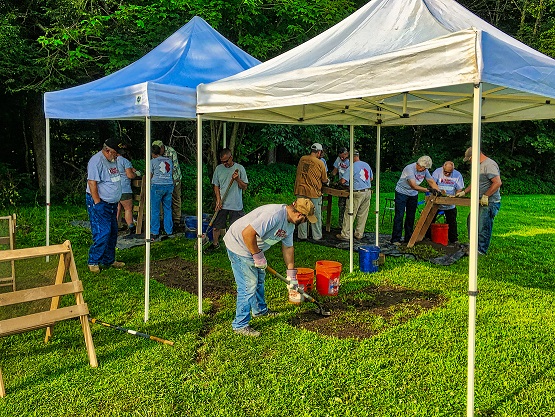
Team Rubicon volunteers excavating at Fort Ligonier in 2018. Image courtesy of Joanne Markow, Team Rubicon.
Bringing to light the experiences of under-represented populations – It is well-recognized that contact-period and historical archaeology helps us understand the experiences of population groups that are often overlooked in written history, but it is a message that bears repeating. With its focus on material remains, rather than just written documents, archaeology has done a tremendous amount to highlight alternative narratives and little-known historical events, and to meaningfully connect the past with present-day descendant communities. Research at Pandenarium, a 19th century freed African American village in Mercer County is just one recent example.
Archaeology is a gateway to local history – The best archaeology projects involve some kind of public outreach—whether including public volunteers in the work or sharing what we’ve learned with the local community. The ability to see the past through features and ruins on a site, or to touch an everyday object that has not been handled in thousands of years, provides all of us with a fresh and tangible connection to the humans who walked before us. Public archaeology is a powerful way to connect local communities with their own history, as was demonstrated by the public outreach efforts of the I-95 improvement project in Philadelphia.
How can I be involved?
At its heart, archaeology is a public, collaborative effort. There are many ways to be involved, whether recording new sites or volunteering alongside professional archaeologists. If you’re interested in learning more, the following websites will point you in the right direction:
- Society for Pennsylvania Archaeology: http://www.pennsylvaniaarchaeology.com/
- Pennsylvania Archaeological Council: http://www.pennarchcouncil.org/
- This Week in Pennsylvania Archaeology: http://twipa.blogspot.com/
October is Archaeology Month!
Archaeology Month is sponsored by the Pennsylvania Historical and Museum Commission, the Society for Pennsylvania Archaeology, Inc., and the Pennsylvania Archaeological Council.
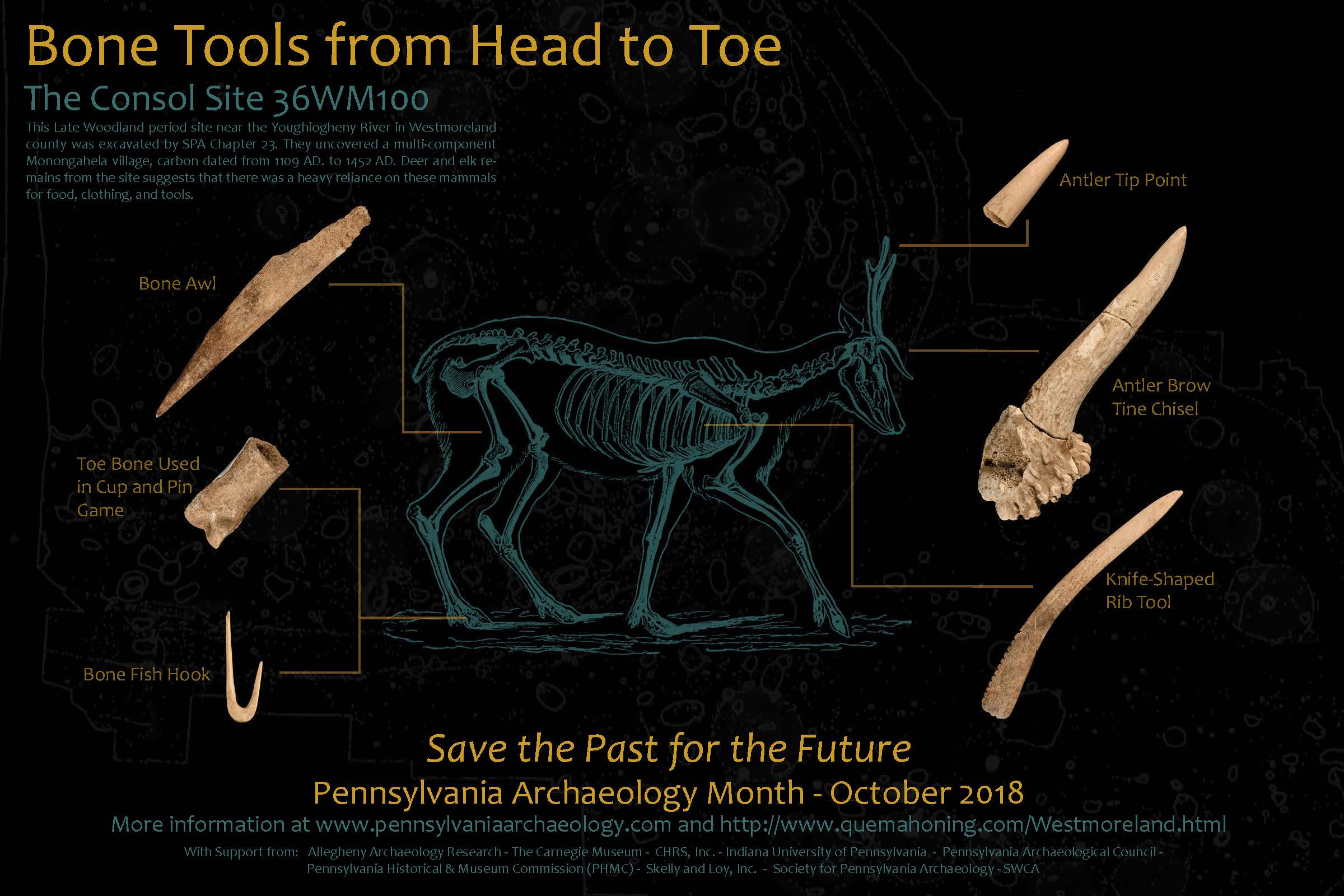
This year’s Archaeology Month poster.
Its purpose is to increase awareness of the important historic and prehistoric archaeological sites in the Commonwealth. These sites are part of the heritage of all Pennsylvanians. Everyday, archaeological sites are destroyed. We hope that through the Archaeology Month events, more Pennsylvanians become aware of this part of our history and work to protect our endangered resources.
Unless otherwise noted, all events are free and open to the public.
Arkhaios Film Festival, Frick Fine Arts Center, University of Pittsburgh, October 5, 6, 7, 2018 (Poster)
Arkhaios Film Festival, Frick Fine Arts Center, University of Pittsburgh, October 5, 6, 7, 2018 (Schedule)
Arkhaios Film Festival, Frick Fine Arts Center, University of Pittsburgh, October 5, 6, 7, 2018 (Synopsis of Films)
There are numerous websites where you can find further information about archaeology in Pennsylvania.
There are always lots of “Things You Need to Know” in today’s world, and this week’s post features a few from our Environmental Review staff, Barbara Frederick and Doug McLearen.
Online Data Entry for Above Ground Resources
We’ve been talking about PA-SHARE for quite a while now, and we here at the PA SHPO have been changing how we operate to “model the work” to be ready when PA-SHARE is launched. How newly identified resources are submitted for review is one of those things we’ve been changing.
As we announced in early July, submissions including 10 or more newly identified resources are required to be electronically entered into CRGIS. Data entry has been well received! Thank you!
We would also like to encourage those submitters sending in projects with fewer than 10 newly identified resources to use online data entry as well.
As outlined in the updated Interim Guidelines for Above Ground Environmental Review, the process is generally the same and only varies slightly depending on the number of resources being submitted. There is some greater flexibility in the submission process:
- Submitters of less than 10 newly identified resources are to notify the appropriate above ground environmental reviewer when resources are ready for review and comment via email rather than by mail.
- Also, a table of the results of the identification effort is not required when there are fewer than 10 newly identified resources; providing the project’s Environmental Review (ER) number and the names and key numbers of resources whose data entry has been accepted by CRGIS staff as part of request to review and comment is sufficient.
Archaeology for new cell towers

Example of a cell phone tower.
It is the PA SHPO’s position that the majority of proposed new cell tower sites in Pennsylvania are commonly located in areas where significant archaeological resources are not likely to be present. Exceptions to this pattern are:
- when the Area of Potential Effect (APE) for direct effects is located on or adjacent to a previously recorded archaeological site, either pre-contact or historic; or
The APE is in a similar topographic setting as that of a previously recorded pre-contact archaeological site or otherwise associated with topographic and environmental factors that typically favor the locations of pre-contact sites; or
- when the APE has a high probability of containing historic archaeological resources based on a historical association such as buildings shown a historic map, presence of historic buildings on-site, or location in a historic district.
The FCC Nationwide Programmatic Agreement (NPA) requires that their applicants’ submission packets provide a justification for a finding that no archeological survey is necessary. If results of a thorough desktop review are provided to our office, they must contain clear, descriptive information as to why it is unlikely that archaeological resources are present. If a field visit/ survey is also undertaken—which is usually the case–the packet should then present the results.
When no archaeological resources are found in a survey, and/or the entire APE for direct effects is found to be disturbed:
- PA SHPO considers these surveys to constitute field checks rather than conventional Phase I archeological surveys. In these instances, the production of a full archaeology report will not be required. For convenience, however, the applicant should use the PA SHPO’s Negative Survey Form or, if more appropriate, the PA SHPO’s Record of Disturbance.
If a field survey does identify an archeological site within the APE for direct effects:
- PA SHPO expects the applicant’s consultant to prepare a full Phase I archeological report in complete accordance with the instructions in Guidelines for Archaeological Investigations in Pennsylvania (PA SHPO 2016). The PA SHPO will then review and comment on the finding and continue to consult with the applicant on National Register eligibility and effects.
The PA SHPO forms and documents named above can be found on the PHMC web site at: https://www.phmc.pa.gov/Preservation/About/Pages/Forms-Guidance.aspx.
We know it can be hard to keep track of all these changes, so please give us a call or send us an email with any questions!
Doug McLearen, Division Chief, can help with archaeology-related questions: dmclearen@pa.gov.
Barbara Frederick, Supervisor, can help with above-ground resources questions: bafrederic@pa.gov.
Your State Historic Preservation Office has been hard at work since our last Just Listed column appeared on this blog. Since that post , the National Park Service has approved over 30 Pennsylvania listings (!) for inclusion in the National Register of Historic Places. Continue reading
The Pennsylvania State Historic Preservation Office (PA SHPO) is happy to announce the opening of a new Preservation Services ITQ contract for future consulting opportunities with the PA SHPO. We are inviting consultants to pre-qualify and be notified of upcoming bids for the exciting work we do.
Continue readingAt the beginning of May, I promised we’d provide a recap of the #31for31 social media campaign to celebrate Preservation Month across Pennsylvania. If you missed a post on our Facebook page or in our Twitter feed, no worries! You can see it, and the rest of the month’s content, right here. Don’t miss the big announcement covered in the May 31st post! Continue reading


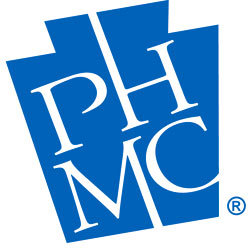
Recent Comments